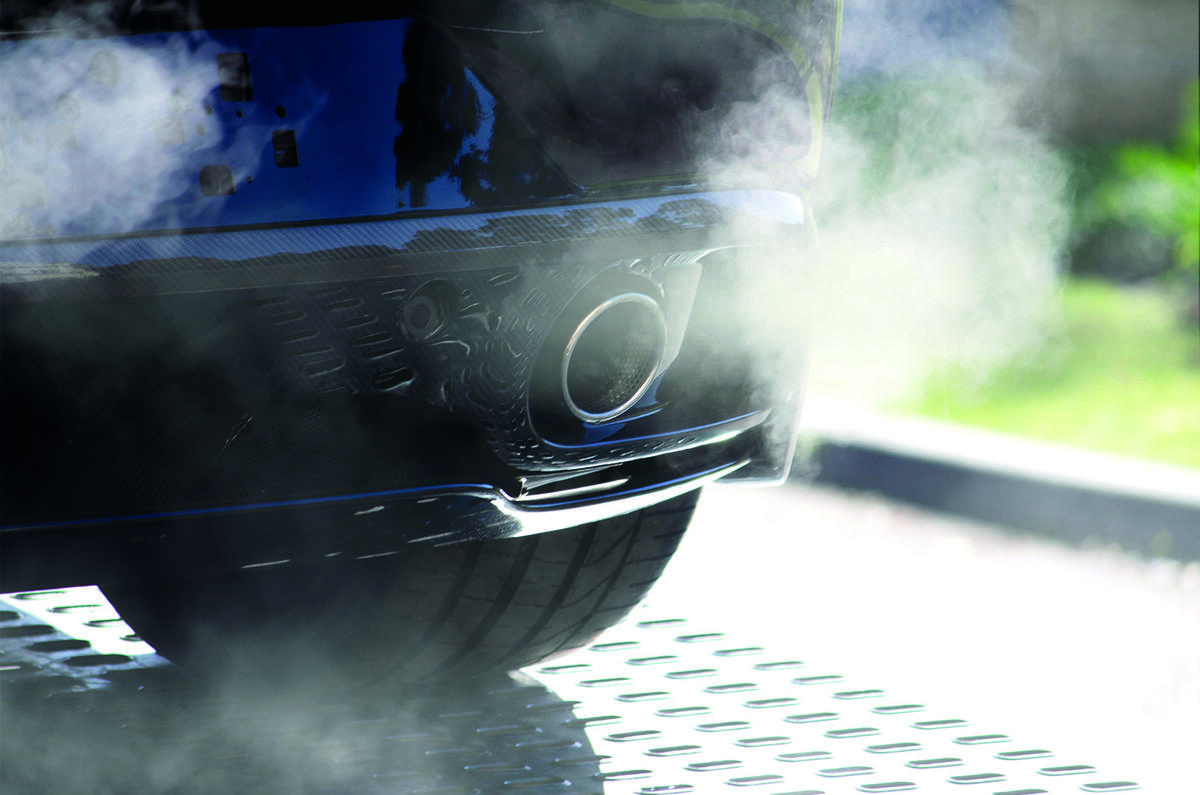Late last year, there was a right old rumpus over how much more energy is needed to make an EV than an ICE car and how much more CO2 is thus pumped into the atmosphere.
A study, backed by a variety of car makers and suppliers, estimated the manufacturing differential required an EV to be driven 48,000 miles before it offset the greater energy used in making it. Prominent EV analyst Auke Hoekstra went back through the figures, calculating everything from manufacturing efficiency to the mix of green energy available, and estimated it to be closer to 16,000 miles.
The car makers – Aston Martin in particular, due to some uncomfortably close links to the source of the report – copped it from every direction, tarred as legacy companies trying to talk down electrification. The Guardian – never a fan of engines – even featured the story on its front page.
It wasn’t a great look for anyone involved, but the brouhaha it created risked masking the one point of agreement that is worthy of consideration: making an EV does produce more CO2 (which, remember, is just one measure of pollution) than making an ICE car. The only way to offset this is to drive them, and in turn how quickly the offset can be achieved is dependent on how the electricity being put into them is produced.
The initial deficit sits almost entirely with the energy requirements of making a battery. Figures from Volkswagen suggest that around 40% of the CO2 output from EV production is created here – more than twice the amount that comes from the next most intensive processes, making steel (18%), aluminium (6%) and the electric motor (5%), with the rest coming from the creation of everything from plastics to glass.
Car makers are, of course, working to bring this down, pressured by international net-zero goals. So it is that they want green energy to be used at every step, their factories to be more efficient and more. There’s no choice, but there’s also no doubt that this holistic approach will need time and massive investment to implement.
For what it’s worth, by my estimation, 16,000 miles looks like the best-case scenario and 48,000 the worst-case scenario. But the debate rumbles on, and the truth is the figure will keep changing according to extraction techniques, manufacturing methods, energy sources and more.
Maybe, then, the fairest conclusion is this: the average life of a car is eight years and 150,000 miles. Maybe that will reduce if we drive less, but so too will the energy requirements of making and fuelling EVs. From a CO2 point of view, then, EVs win out.
READ MORE
Analysis: Just how green are electric vehicles?




Join the debate
Add your comment
What aspects of the 'science' have they got wrong, MikeeG, and what independent evidence do you have? As far as I can see, Jim is being fairly non-comital, simply highighting one of the issues. Unless you believe that EV is good, ICE bad, end of argument, no need to trouble you with actual facts as you are far too busy posting pics of oil-soaked seaguls and asthatic children on social media. If you read the properly researched reports, you'll find it isn't black and white at all: it's distinctly grey, like the whole-life environmental performance of electric vehicles.
One of these figures has scientific research behind the numbers. One of these figures was created by a PR company working for Aston Martin. Hmmmm to say 16,000 miles is the minimum and 48,000 miles is the wrong. 16,000 miles is the current average.... But also remember the grid gets greener every year, so an EV that is already on the road gets cleaner each year too.
Also the main benefit of ev is less local population. If you are not belching fumes into the lungs of the passing school children, there will be a lot less cases of asthma and other health issues.